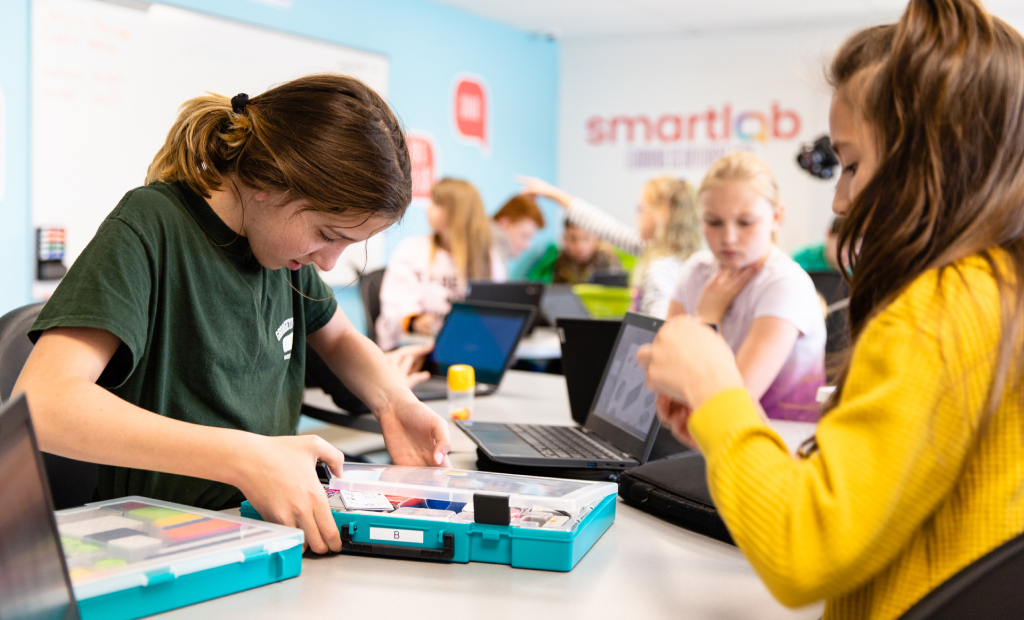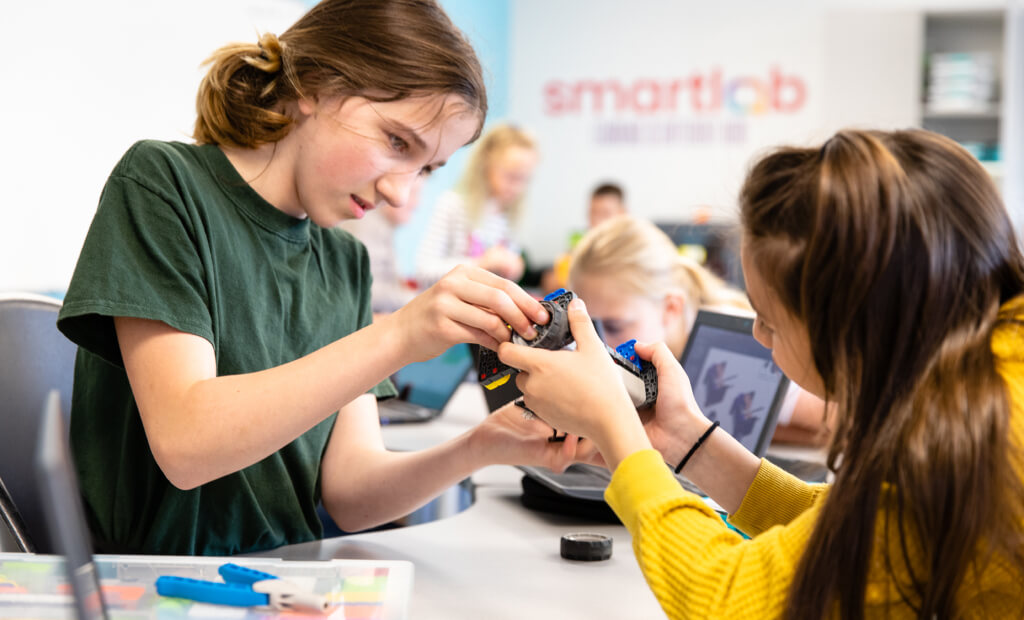Why Catholic Schools Are Focusing on STEM/STEAM
There’s been a dramatic increase in interest from Catholic Schools in STEM/STEAM programs. A major reason is the growing importance of offering robust STEM/STEAM programs in all schools of choice. Today’s parents expect technology and next-generation learning to be part of any quality education.
Paul Hans, Principal of SmartLab partner school Roncalli Catholic High School in Omaha, Nebraska told us, “If a Catholic school wants to compete with other public and private schools they need to stay relevant.” He continued, “It’s more imperative than ever to give families what they want—that means innovative programs like STEAM centers.”
This new emphasis on STEM/STEAM is also supported by the National Catholic Education Association. NCEA began its original STREAM initiative in 2014 (STREAM stands for science, technology, religion, engineering, art and mathematics), and the concept features prominently in Catholic education resources and conversations today.
NCEA’s “10 Characteristics of a STREAM School” include:
- STREAM schools promote a culture of innovation as well as a commitment to ethical behavior.
- STREAM schools are inclusive. They serve a broad population and operate on the dual premises that math and science competencies can be developed and that all students need access to STREAM competencies to become full participants in 21st-century education.
- STREAM schools foster an environment that encourages problem solving, group collaboration, and independent research by utilizing instructional practices and organizational conditions conducive to student achievement.
- STREAM schools are “think forward” institutions and place high priority on educator training, learning, leadership, and 21st-century skill applications.
We have partnered with Catholic schools across the country and at all grade levels to implement next-generation STEM/STEAM programs for their students.
SmartLab Learning programs are unique in their approach to promoting these characteristics. In a SmartLab HQ, students apply leading-edge technology to hands-on, minds-on projects. Personalized learning engages students of all interests and abilities. Collaboration, communication, problem-solving and innovation happen every day.
Principal Hans shared that Catholic schools from all over the state have visited Roncalli High School to see how the SmartLab program supports their academic goals. “When we meet with them, we don’t focus on the products students create but the processes and skills that all learners need to practice to be successful after high school. Academics and GPA may get our students in the door, but what will keep them here is their capacity for problem-solving, communication, work ethic, and people skills.”




